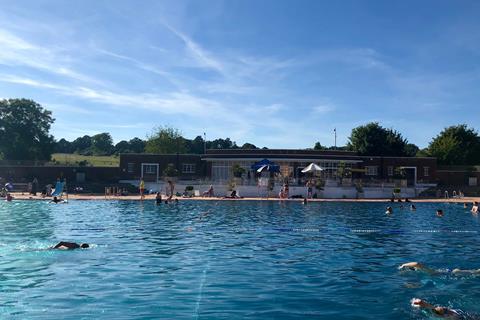Editor: Summer in the city brings out the best and the worst of our urban lives. I can cycle to work in warm weather, walk to meetings with no umbrella and enjoy the long evening light outside. Congested cycle lanes, stuffy transport and overcrowded outdoor spaces are the trade-off.

Whether good or bad, we can take these seasonal changes as a prompt to shape a better city.
For instance, consider our use of natural water. Numbers of outdoor swimmers in the UK almost doubled between 2017 and 2018, as people increasingly recognise the physical and mental wellbeing benefits of being outside and waterborne.
But recent overcrowding at London’s local lidos and ponds shows these spaces cannot accommodate more swimmers. Could our existing waterways do a better job?
Safety and hygiene are challenges, but better engagement can improve both. For instance, if safe reaches were clearly marked and accessible, fewer people would swim in dangerous waters. If we also adopted real-time data systems like in Seattle and Copenhagen, citizens could monitor water quality in their area and see when it is best to dive in.
We have the tools to improve public access to the water. It’s a restrictive view of public realm development which limits us.
The same situation impacts our parks, rooftops, alleyways and squares; all can become more inclusive and restorative spaces.
The regeneration of Beckenham Place Park included repurposing part of an old golf course for more diverse community use (including a swimming lake). In the centre of London, the Wild West End initiative shows how even small parcels of urban space can be improved for ecological and public wellbeing.
This summer I urge you to explore these places and be inspired to develop our wider urban landscape to be more open, enjoyable and healthy.
Mat Lown, partner and head of sustainability, TFT






























No comments yet